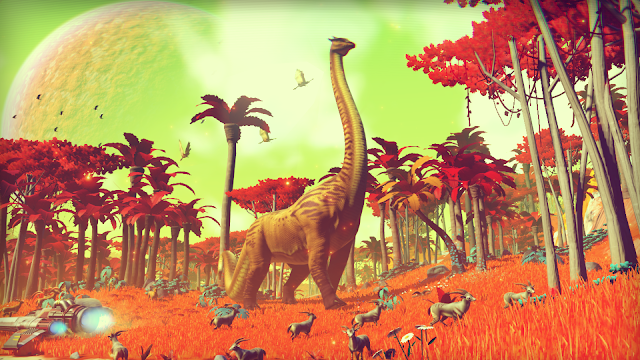Prey- The Review
Prey is a first-person shooter video game developed by Arkane Studios and published by Bethesda Softworks. The game was released worldwide on 5 May 2017, for Microsoft Windows, PlayStation 4 and Xbox One.
In Prey, the player controls Morgan Yu while exploring the space station Talos I, in orbit around Earth–Moon L2, where research into a hostile alien collective called the Typhon is performed. As the Typhon escape confinement, the player uses a variety of weapons and abilities derived from the Typhon to avoid being killed by the aliens while looking to escape the station. The player gains access to areas of the station through a Metroidvania style of progression by acquiring key items and abilities, eventually allowing the player to fully explore the station in an open world setting.
Arkane's Prey is largely unrelated to the 2006 game Prey developed by Human Head Studios, and is considered a reimagining of the intellectual property set in a wholly new narrative. While Prey 2, a sequel to the 2006 game, had been planned by Human Head, it fell into development hell following transfer of the intellectual property from 3D Realms to Bethesda Softworks, and was eventually cancelled in 2014. Arkane's game does not use any of the planned sequel's assets, and only incorporates the previous game's name and the broad theme of the protagonist being hunted by aliens. Arkane built Prey as a spiritual sequel to System Shock, providing the player with several potential means of progressing within the game. Prey is a first-person shooter with role-playing and stealth elements with strong narrative set in an open world environment and played from a first-person perspective. The player takes the role of Morgan Yu, a human aboard a space station with numerous species of hostile aliens known collectively as the Typhon.
The player is able to select certain attributes of Morgan, including gender, and decisions made by the player that affects elements of the game's story. To survive, the player must collect and use weapons and resources aboard the station to fend off and defeat the aliens. According to creative director Raphaël Colantonio, the station is completely continuous rather than having separate levels or missions, at times requiring the player to return to areas they previously explored. The player is also able to venture outside of the station in zero gravity and find shortcuts connecting parts of the station. Colantonio also stated that the aliens have an array of different powers that the player character can gain over time; one such alien has the ability to mimic everyday items such as a chair. The game has multiple endings, according to lead designer Ricardo Bare; the endings fall into three major narrative structures depending on how the player broadly interacted with the station and surviving humans, but Bare said there are "tons of little permutations" based on specific events.
Prey takes place in an alternate timeline where United States President John F. Kennedy survives his attempted assassination in 1963. The failed assassination catalyzes Kennedy to direct more funding into the space program, allowing it to flourish and accelerating the Space Race. Drawn by humans' activity in space, an alien force made up of many different species, collectively called the Typhon, attacks Earth. The United States and the U.S.S.R. band together to fight off and capture the Typhon, unbeknownst to the general population. Together, they build the space station Kletka (Russian for "cage") to be used as a prison for the Typhon situated in orbit around Earth's moon. The United States eventually takes full ownership after the fall of the Soviet Union in 1964 and reuses Kletka as part of "Project Axiom", research labs atop the prison spaces to study the Typhon and bring advances learned from that to Earth. After the "Pobeg Incident" in 1980 where some scientists aboard the station lost their lives to the Typhon, along with geopolitical instability at the time, the United States shuttered Project Axiom, leaving the captive Typhon alive.
By 2025, the newly founded TranStar Corporation acquires Kletka and by 2030, has refitted it as Talos I, a fully operational research laboratory to study the Typhon and develop advances in neuroscience; this leads to the creation of Neuromods that harness the Typhon's physiology to restructure the human brain to grant the user new abilities (including superhuman ones). TranStar grows financially successful from sales of Neuromods on Earth. At the time of the game's setting, about 2035, TranStar has further expanded the station to make for suitable living quarters for its staff that spend up to two years on the station between regular shuttles to Earth.
Because of the numerous agencies that operated and expanded Talos I over the decades, the station includes a large mix of architectural designs, ranging from retrofuturism that was popular in 1960s America, to brutalist styles that were common in the Soviet Bloc in the mid-20th century, to opulent Art Deco put in place by the wealthy TranStar executives.




Comments
Post a Comment